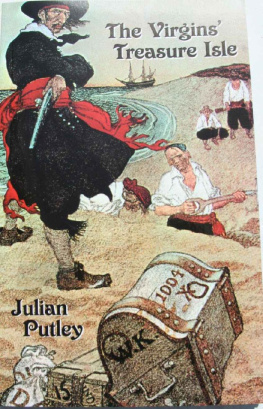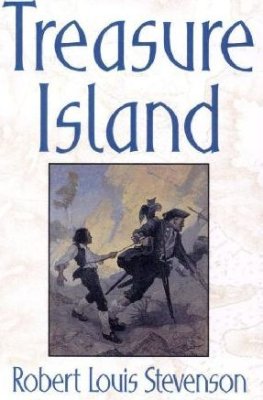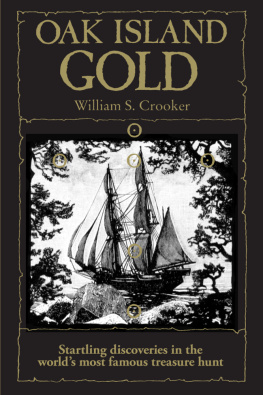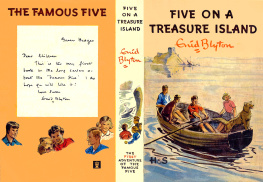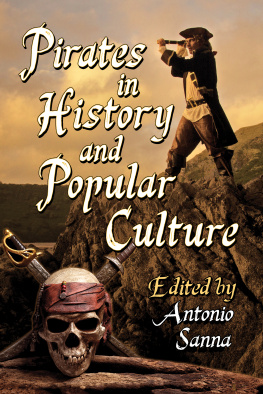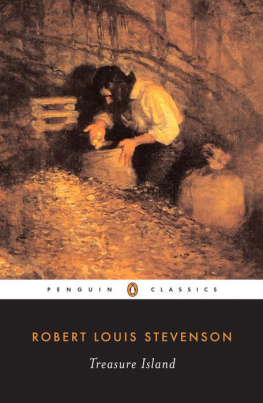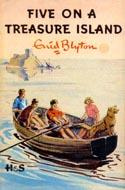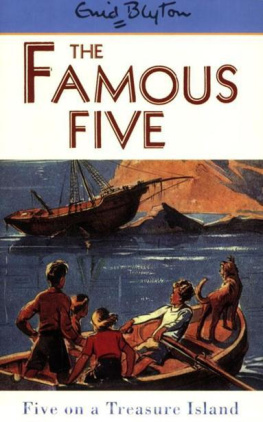Julian Putley - The Virgins Treasure Isle
Here you can read online Julian Putley - The Virgins Treasure Isle full text of the book (entire story) in english for free. Download pdf and epub, get meaning, cover and reviews about this ebook. year: 2010, publisher: Virgin Island Books, genre: Adventure. Description of the work, (preface) as well as reviews are available. Best literature library LitArk.com created for fans of good reading and offers a wide selection of genres:
Romance novel
Science fiction
Adventure
Detective
Science
History
Home and family
Prose
Art
Politics
Computer
Non-fiction
Religion
Business
Children
Humor
Choose a favorite category and find really read worthwhile books. Enjoy immersion in the world of imagination, feel the emotions of the characters or learn something new for yourself, make an fascinating discovery.
- Book:The Virgins Treasure Isle
- Author:
- Publisher:Virgin Island Books
- Genre:
- Year:2010
- Rating:3 / 5
- Favourites:Add to favourites
- Your mark:
The Virgins Treasure Isle: summary, description and annotation
We offer to read an annotation, description, summary or preface (depends on what the author of the book "The Virgins Treasure Isle" wrote himself). If you haven't found the necessary information about the book — write in the comments, we will try to find it.
The Virgins Treasure Isle is about pirates, Norman Island, buried treasure and the Treasure Caves. It is a fascinating story of pirates against colonial masters when European nations were battling for supremacy of Caribbean islands and omnipotent Spain was robbing gold and jewels from American Indians in the name of Catholicism.
It was indeed a fateful day when a treasure laden Spanish Galleon came to grief during a terrifying hurricane and ended up in Ocracoke Inlet, the very same anchorage where the most notorious cutthroat in pirate history, Blackbeard, met his end. A vast treasure found its way to Norman Island and was buried there.
There is compelling evidence that Norman Island is the island of Robert Louis Stevensons Treasure Island. Perhaps what is astonishing, though, is that the real story is so evocative of 18th century piracy. In the islands we hear many rumours of pirates and treasure, but nowhere is there as much eveidence of real skullduggery as in the Virgins Treasure Isle
Julian Putley: author's other books
Who wrote The Virgins Treasure Isle? Find out the surname, the name of the author of the book and a list of all author's works by series.

